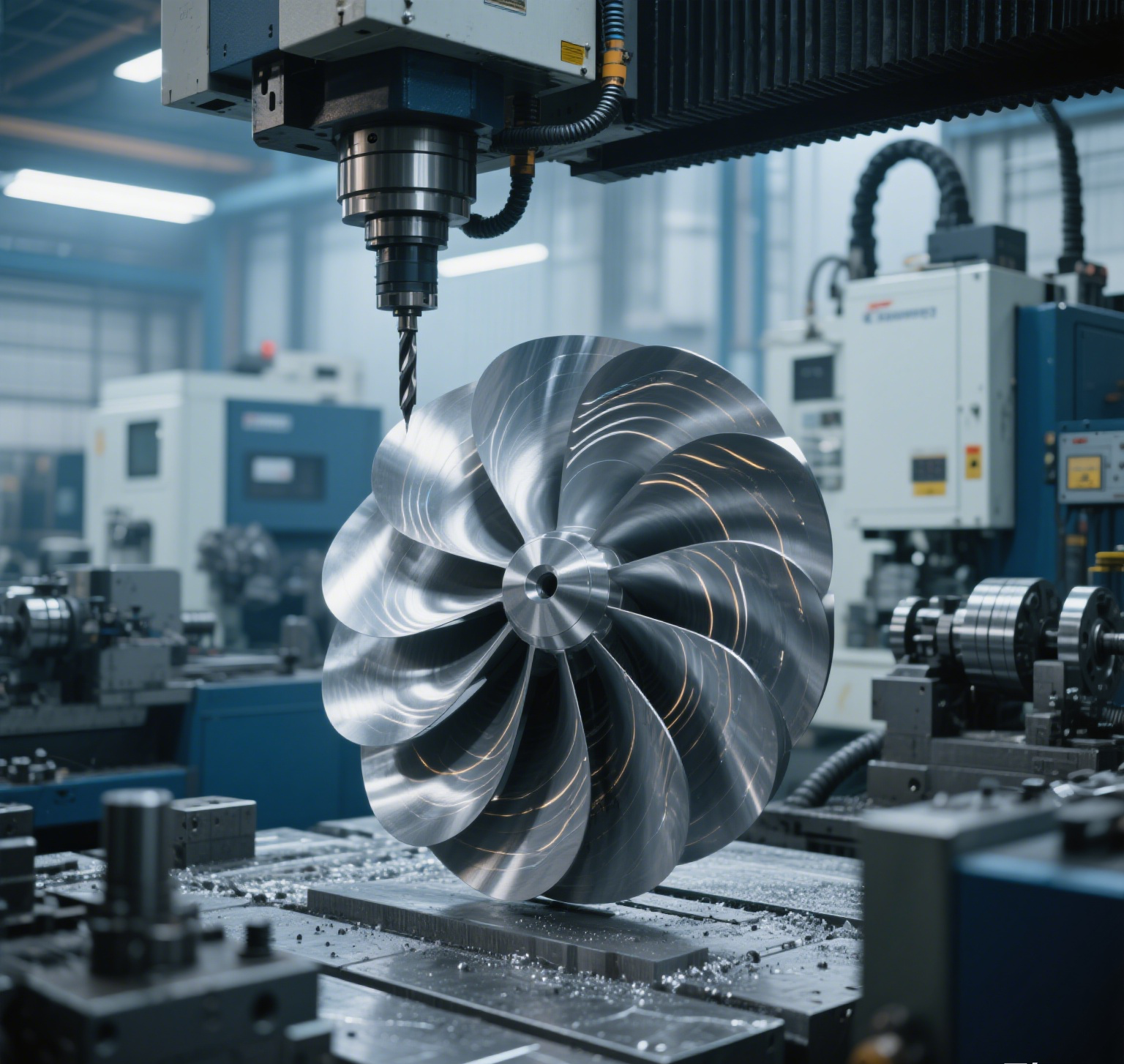In the realm of precision manufacturing, few components play as pivotal a role as cemented carbide inserts. These unassuming tools, crafted from a blend of tungsten carbide and cobalt binder, have revolutionized metalworking across industries by enabling unprecedented levels of accuracy, efficiency, and durability. As global manufacturing evolves towards smarter, more sustainable practices, cemented carbide inserts continue to prove their indispensability in driving technological advancement.
The Core of Precision Machining
Cemented carbide inserts derive their exceptional performance from their unique microstructure. The tungsten carbide particles provide extreme hardness (up to 1600 HV), second only to diamond and cubic boron nitride, while the cobalt matrix binds them together, imparting toughness that resists chipping and cracking. This combination allows them to withstand cutting speeds 3-5 times higher than high-speed steel tools, making them ideal for machining tough materials like stainless steel, titanium, and nickel-based superalloys used in aerospace and automotive applications.
Industrial Applications: From Engines to Electronics
- Aerospace Manufacturing: Machining components for jet engines requires tools that can handle heat-resistant alloys at high temperatures. Carbide inserts excel in milling turbine blades and drilling inconel structural parts, ensuring tight tolerances (<0.01mm) critical for aerodynamic performance.
- Automotive Industry: In engine block production, indexable carbide inserts enable rapid face milling of aluminum alloy castings, achieving surface finishes as low as Ra 0.8μm while maintaining tool life up to 50% longer than traditional carbide tools. Their use in transmission component machining has also reduced cycle times by 20% in gear cutting operations.
- Electronics Manufacturing: The miniaturization trend demands precision in machining micro-components. Nano-grain carbide inserts (grain size <0.5μm) are now used for high-speed turning of copper connectors and milling of printed circuit board fixtures, ensuring dimensional accuracy within 5 microns
Technological Advancements Driving Performance
Modern carbide inserts incorporate cutting-edge coatings and geometries to meet evolving machining challenges:
- Nano-coating Technologies: Multi-layer coatings like AlCrN/TiN (aluminum chromium nitride/titanium nitride) provide dual benefits of wear resistance and heat insulation. These coatings reduce friction by 30%, lower cutting temperatures by 150°C, and extend tool life by 40% compared to uncoated inserts.
- Adaptive Geometry Design: Computer-aided engineering (CAE) allows the creation of complex chipbreaker patterns that optimize chip control in both roughing and finishing operations. For example, variable rake angle designs now enable stable machining in interrupted cuts, reducing vibration by 25% in interrupted turning of flanged components.
- Sustainability Innovations: Lead-free cobalt binders and recycled carbide production processes are addressing environmental concerns, with some manufacturers achieving 95% material recycling rates. Additionally, longer tool life reduces waste generation, aligning with global green manufacturing initiatives.
Market Outlook: Riding the Waves of Industrial Transformation
The global cemented carbide market, valued at USD 22.3 billion in 2024, is projected to grow at a CAGR of 6.8% through 2030, driven by multiple macro-trends:
- Automation & Smart Factories: The rise of CNC machining centers and robotic manufacturing cells increases demand for high-precision inserts that integrate with IoT-enabled tool monitoring systems. Predictive maintenance algorithms now track insert wear in real-time, optimizing tool change intervals and reducing downtime by 15%.
- New Energy Vehicles (NEVs): Machining electric motor components like silicon steel laminations and magnesium alloy casings requires specialized inserts. The NEV sector is expected to boost carbide insert demand by 25% in the next five years, as manufacturers seek tools capable of handling new generation lightweight materials.
- Aerospace Expansion: With commercial aircraft production forecast to double by 2035, the need for inserts that can machine advanced composites (e.g., carbon fiber reinforced polymers) in hybrid metal-composite structures will drive innovation in multi-material machining solutions.

Choosing the Right Insert: Key Considerations
Selecting the optimal carbide insert involves balancing several factors:
- Material Compatibility: Micro-grain carbides (1-3μm grain size) are ideal for finishing operations, while coarse-grain grades (5-10μm) excel in heavy roughing of cast iron.
- Coating Selection: TiCN coatings suit stainless steel machining due to their anti-adhesive properties, while ceramic-coated carbides are preferred for high-temperature nickel alloy processing.
- Geometry Matching: Positive rake angles reduce cutting forces in aluminum machining, whereas negative angles provide stability in tough alloy turning.
The Future is Cutting-Edge
As manufacturing enters the era of Industry 4.0, cemented carbide inserts will continue to evolve in tandem with emerging technologies. Developments in additive manufacturing (for custom insert geometries) and nanomaterials (for ultra-hard composite carbides) promise to unlock new possibilities in precision engineering. Whether shaping the next generation of jet engines or enabling smaller, faster electronics, these versatile tools will remain at the heart of industrial progress—quietly but decisively driving the machines that build our world.
For tailored solutions to your machining challenges, explore our comprehensive range of cemented carbide inserts designed for performance, durability, and sustainability. Contact our engineering team today to discover how we can enhance your manufacturing efficiency.
Post time: Apr-27-2025
